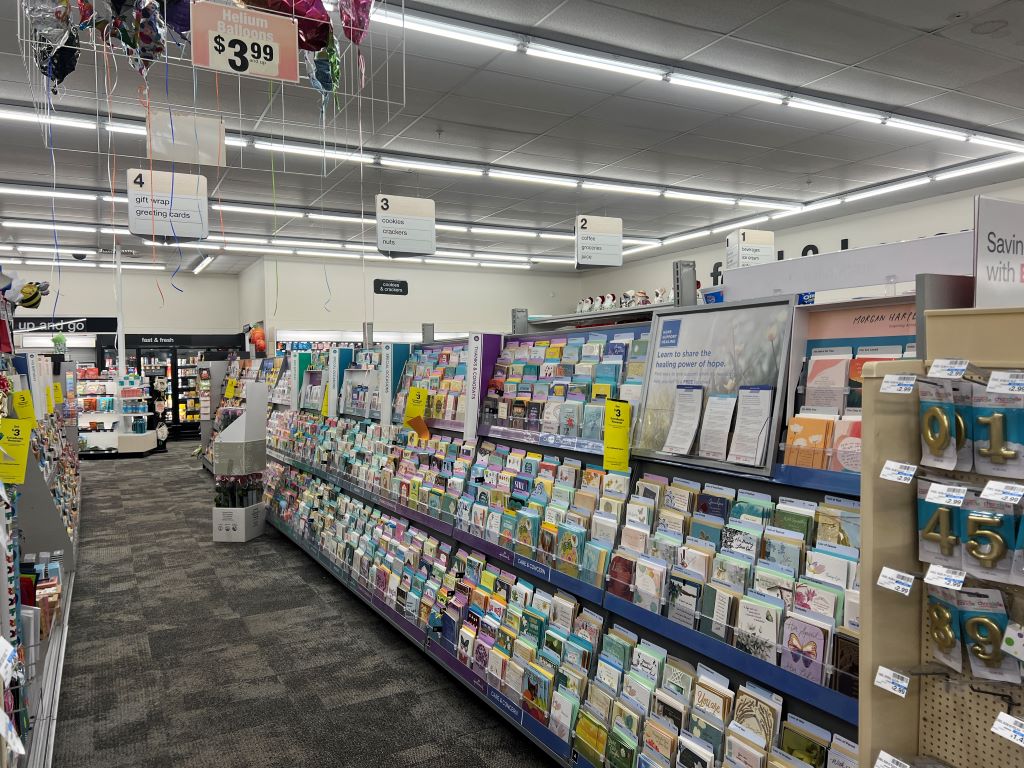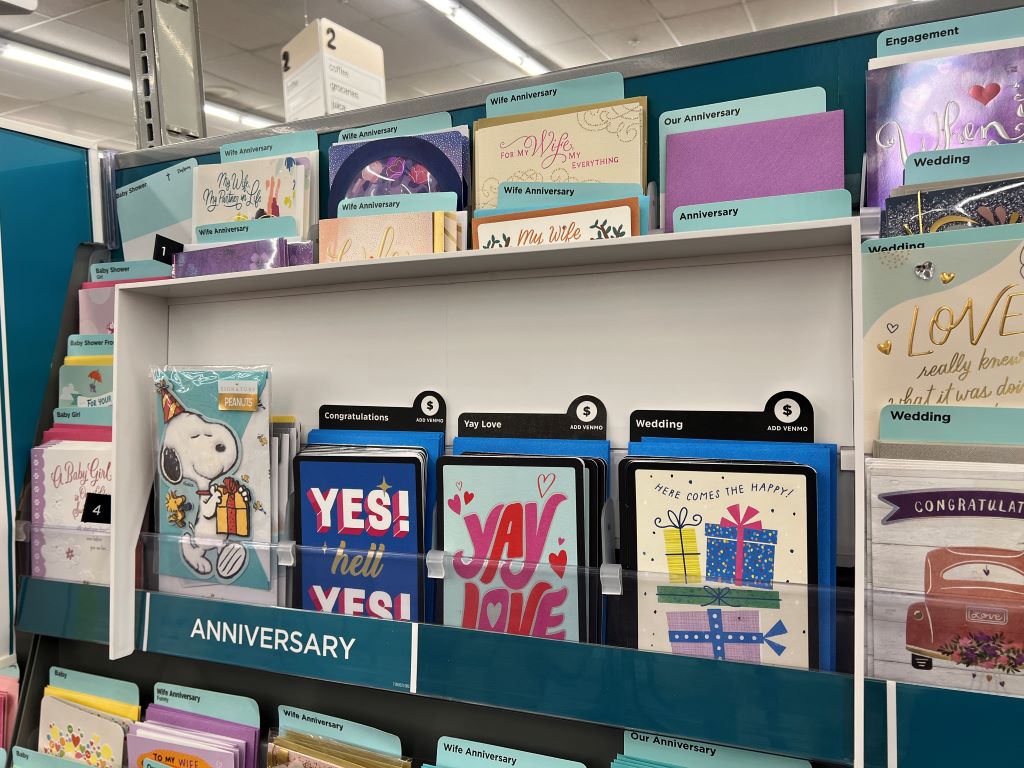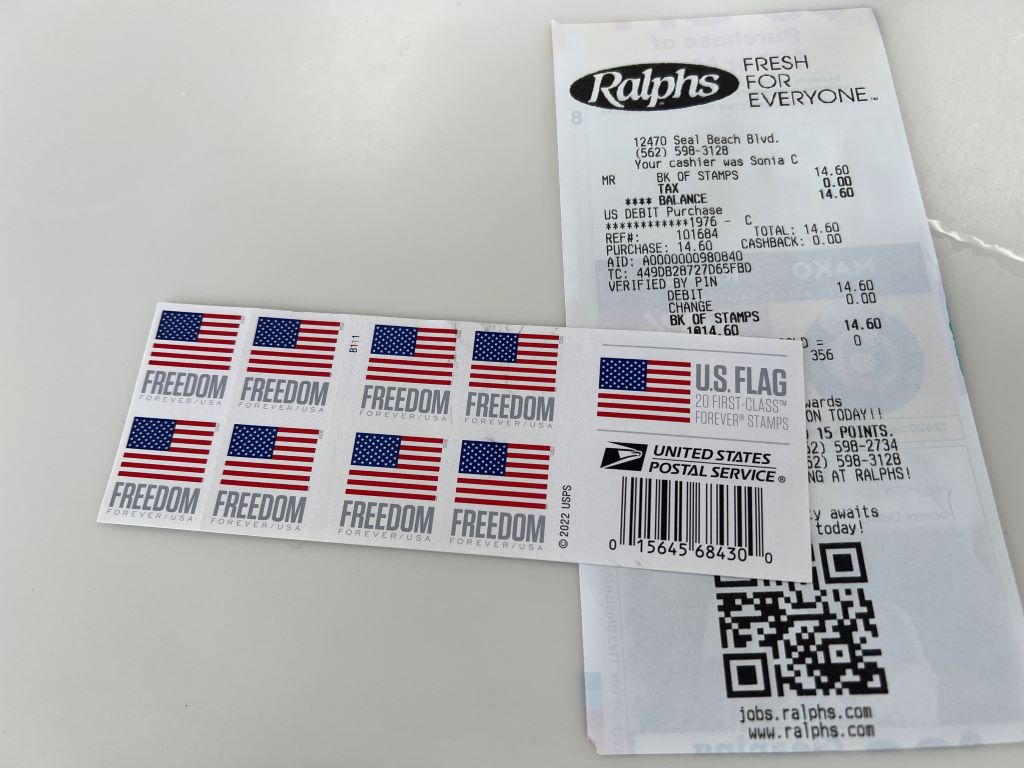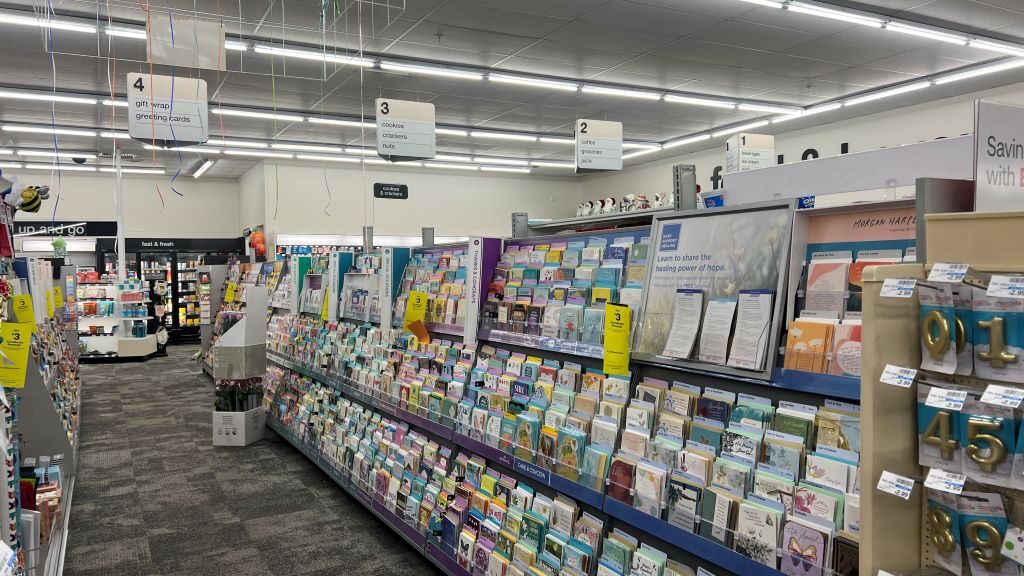When I recently visited a CVS store in Long Beach, I stood in front of an impressive display of postcards. There were options for every occasion—anniversaries, Halloween, and even postcards designed to send money via Venmo. After choosing a card, I instinctively searched for postal stamps. To my surprise, the store did not sell them. This simple task of sending a postcard turned into a complex process. I had to go to Ralphs store, buy a book of 20 forever stamps for $14.60, and inquire how many were required for international shipping. This endeavor took over two hours. Even finding a post box was a challenge.




This experience echoes findings from Hwang et al. (2022) on goal-based bundling, where understanding consumer goals helps companies like Samsung develop product bundles that address customer needs holistically. If CVS applied a similar approach and emphasized with their shoppers deeply, bundling postcards with stamps could enhance consumer experience. Since the goal of buying a postcard is inherently linked to mailing it, offering both products together would eliminate unnecessary friction, saving time and improving convenience.

Building on this idea, not only retailers like CVS but also postcard makers like Hallmark could improve the postcard experience by launching postcards with pre-attached postal stamps. This would make it easier for customers, especially those who want send mail simply. By making mailing as easy as buying, manufacturers would help meet customer needs directly. This approach could also attract more people to send postcards, creating a new market focused on convenience and simplicity.
***
Reference
Hwang, S., Park, H., Sohn, M., Yoo, D., Han, C., & Joo, J. (2022). Goal based bundling: A behaviorally informed strategy to combine multiple smart products. In G. Bruyns & H. Wei (Eds.), [ _ ] With Design: Reinventing Design Modes (pp. 2888–2901). Singapore: Springer.
Contemporary electronic manufacturers struggle with how to develop attractive bundles by combining their existing smart products. In the present work, we propose Goal Based Bundling (GBB) by drawing on the academic research of goal systems theory (Kruglanski et al., 2018) and shed light on two previously ignored aspects of bundling strategy: service and glue product. We applied our GBB to a collaborative project with Samsung Electronics, whose goal was to develop new product bundles for kids by combining multiple smart home products. We constructed a framework of Samsung Electronics’ smart products and then visualized it on its sales website. A UI design conveying the value of smart products bundle was developed based on GBB structure. We discuss the process and the result of our project to provide insights into the product managers who combine existing smart products to develop a bundle.

